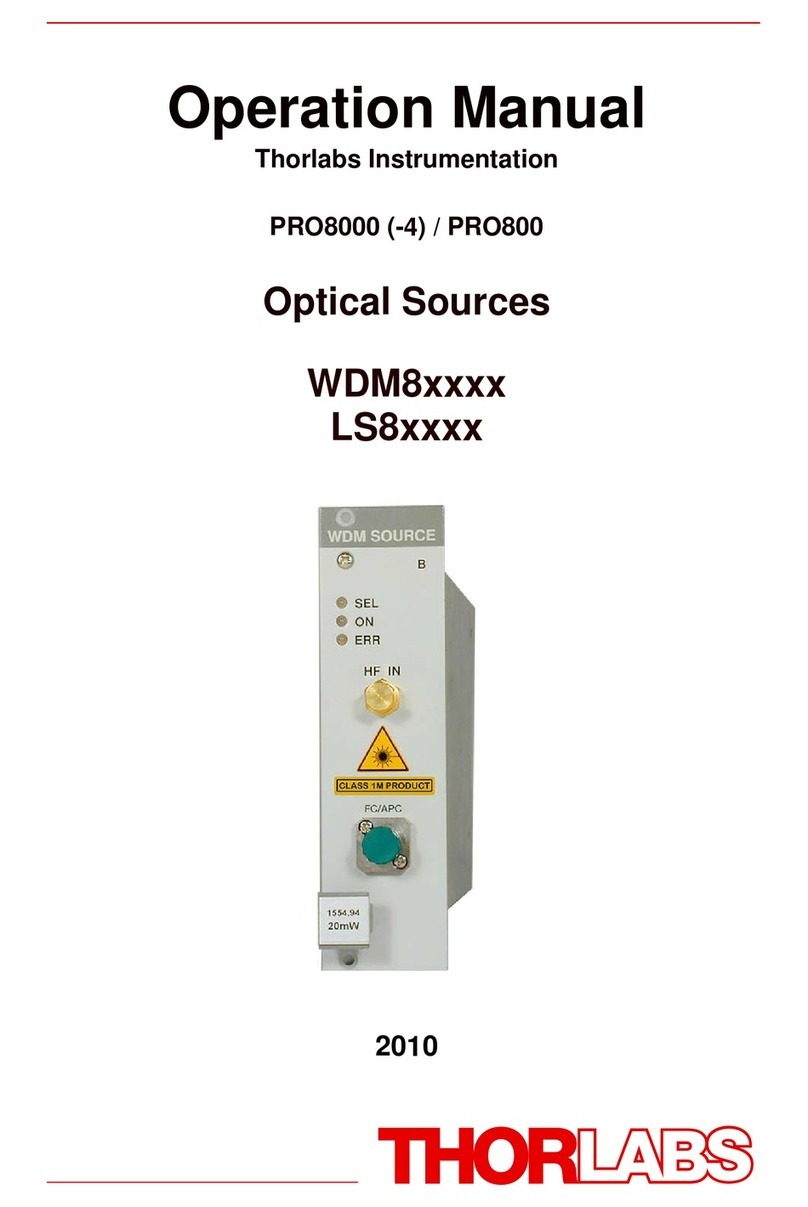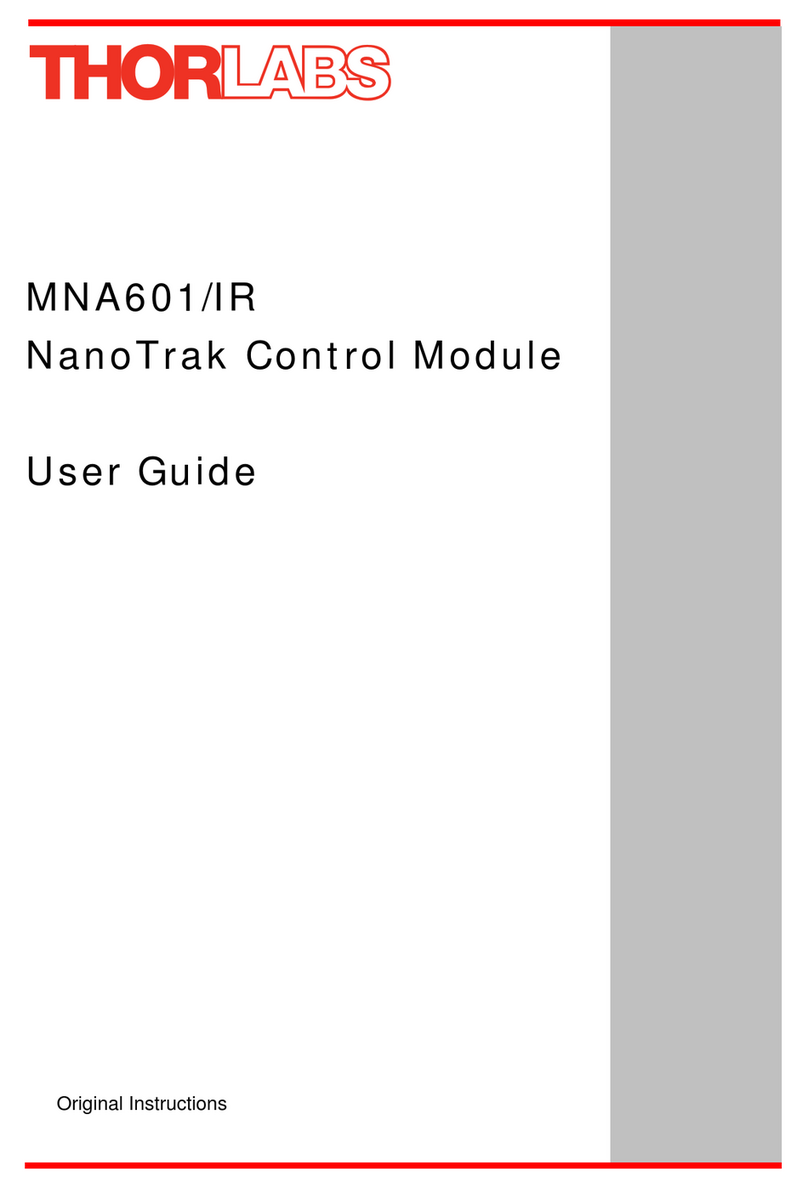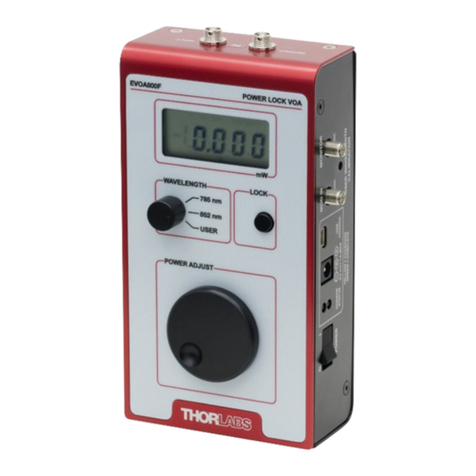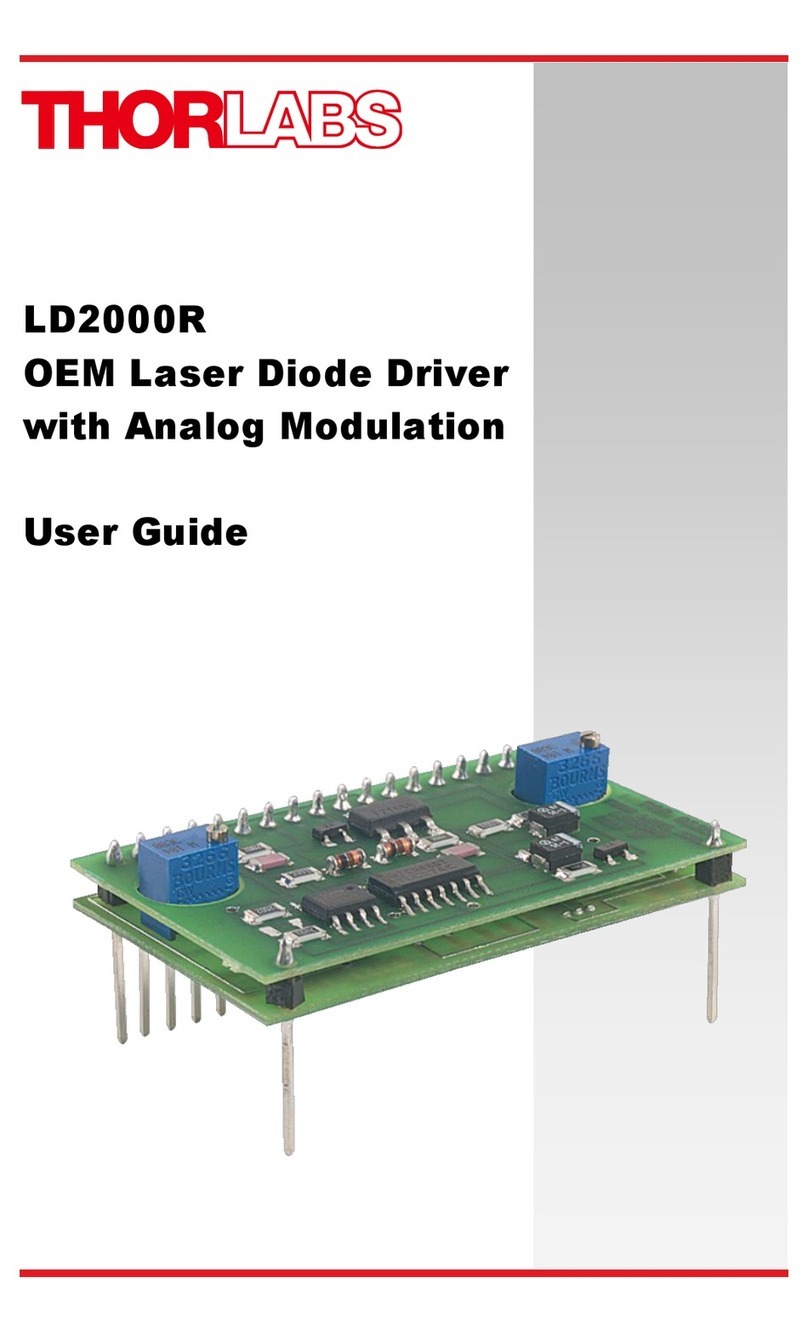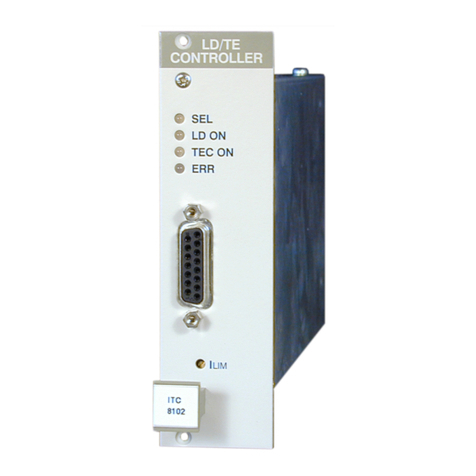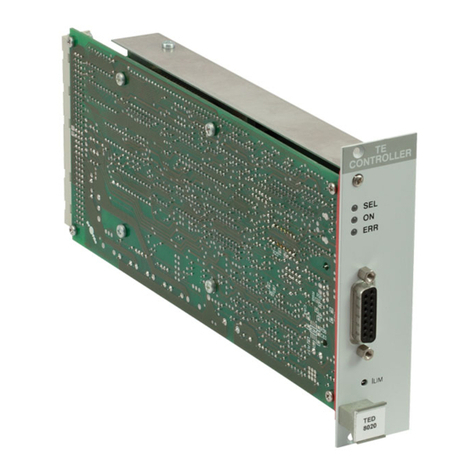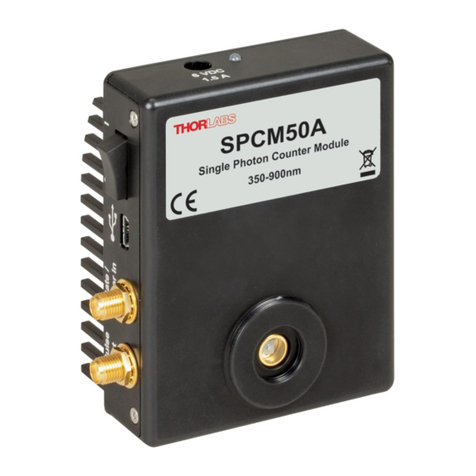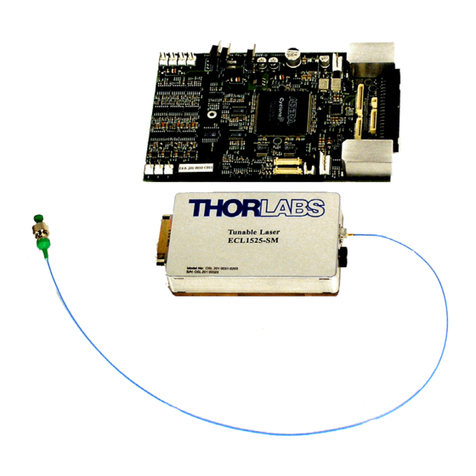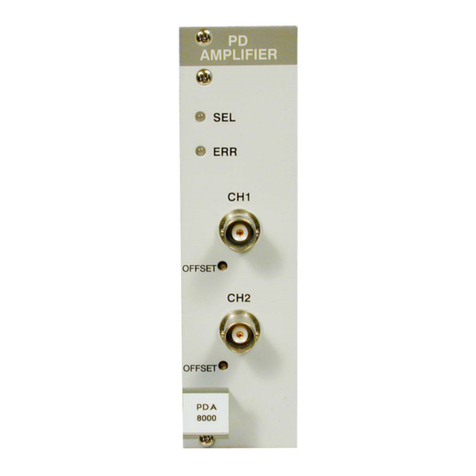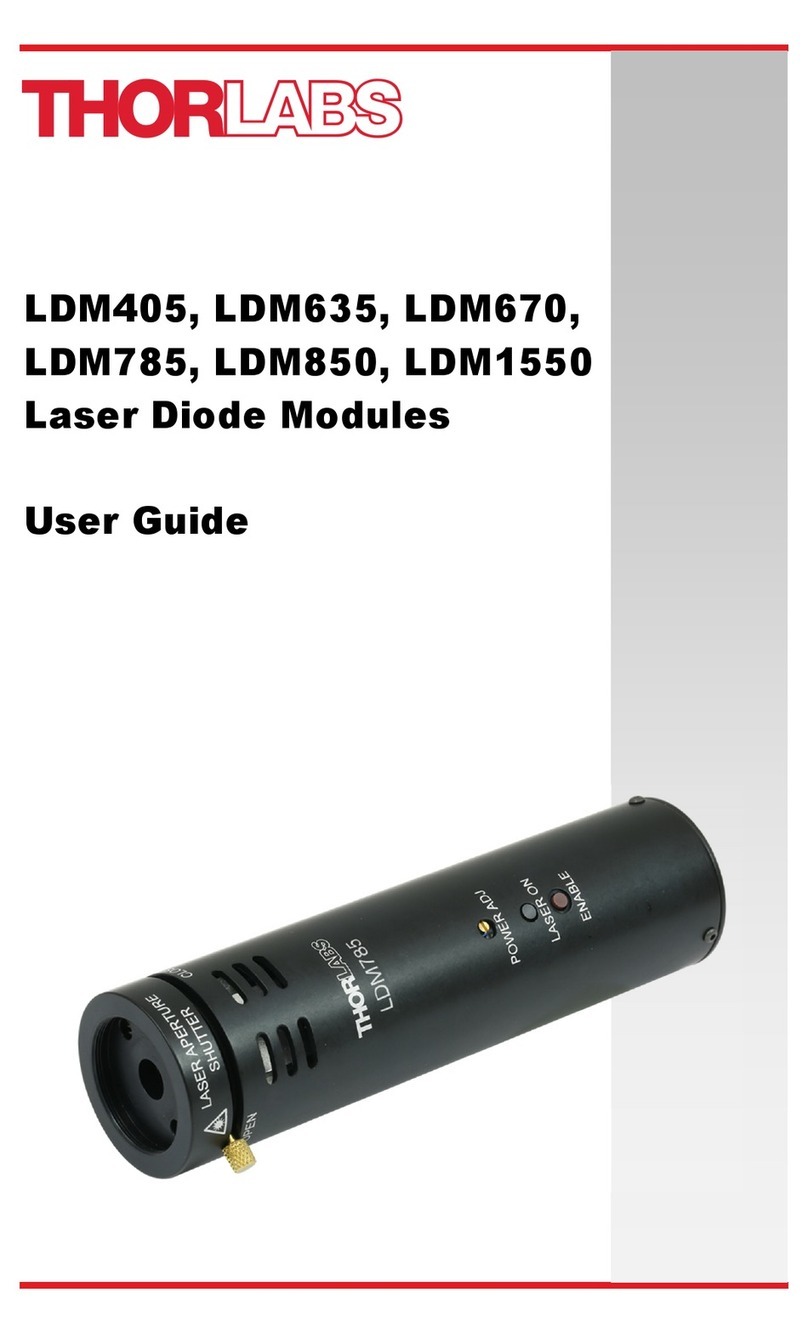
Table of Contents
Chapter 1 Introduction.......................................................................................................................... 1
Chapter 2 Safety .................................................................................................................................... 2
2.1. General Warnings and Cautions....................................................................................2
Chapter 3 Description ........................................................................................................................... 3
3.1. Environmental Conditions..............................................................................................3
3.2. Mounting ..........................................................................................................................4
Chapter 4 Operation .............................................................................................................................. 6
4.1. Introduction .....................................................................................................................6
4.2. Controlling the Stage ......................................................................................................6
4.2.1. Hand-held Controller ............................................................................................................. 7
4.2.2. Elliptec Software Control ....................................................................................................... 8
4.2.3. Communications Protocol ..................................................................................................... 9
4.2.4. Connecting Multiple Devices ................................................................................................. 9
4.2.5. Controlling the Stage without the handset ............................................................................ 9
4.3. Frequency Search .........................................................................................................11
4.3.1. Dynamic Frequency Search ................................................................................................ 11
4.4. Periodic Cycling of Devices Over Full Range of Travel.............................................12
4.5. Restoring Factory Settings ..........................................................................................12
4.6. Simultaneous Movement of Devices ...........................................................................12
Chapter 5 Troubleshooting and FAQ.................................................................................................13
5.1. Frequently Asked Questions........................................................................................13
5.2. Notes on Making a Picoflex Cable for Use when Daisy Chain Devices ...................14
Chapter 6 Specifications .....................................................................................................................16
Chapter 7 Regulatory ...........................................................................................................................17
7.1. Declarations of Conformity ..........................................................................................17
7.1.1. For Customers in Europe .................................................................................................... 17
7.1.2. For Customers In The USA ................................................................................................. 17
Chapter 8 Thorlabs Worldwide Contacts..........................................................................................18

